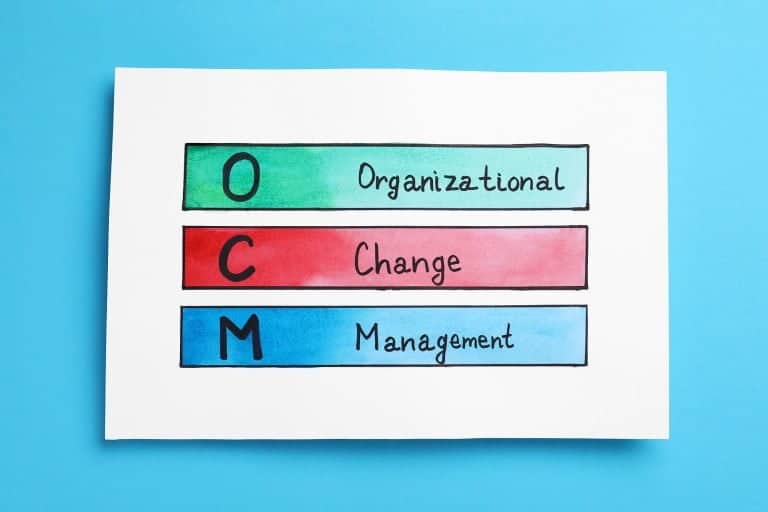Defining clear project roles and responsibilities is important for success in project management. Irrespective of which project management methodology has been selected, lack of clarity about who is responsible for what will lead to:
Table of Contents
Toggle- Duplication of activities between different team members.
- Unnecessary rework, when one team member re-does work done by another.
- Tasks that get missed out.
- Conflicts between different project roles and individuals.
- Late delivery of projects.
All of these issues can be avoided by defining the project management roles early in the project. It is important to start with defining the necessary roles for the project and then assign individuals to these project roles depending on their skills and experience. Doing it the other way round, trying to develop roles around what team members would like to do, is likely to lead to a mismatch between the best project roles and responsibilities of individuals.
Using a RACI matrix for defining project roles and responsibilities
A useful technique for defining any roles is the RACI approach. In this technique, a matrix is developed with all of the tasks that need to be carried out on one axis and all of the expected roles on the other axis. Against each task and each project role, a consideration is made about what involvement is required. The role can either be Responsible, Accountable, Consulted, or Informed.
- Responsible: people who do the work by completing the task or making a decision. More than one project role can be responsible for a task, although having too many can illustrate that the task is at too high a level.
- Accountable: the project role that ‘owns’ the work. They sign off task completion and make sure that all necessary project management responsibilities are assigned in the matrix.
- Consulted: people that are required to provide input to assist the task execution and completion.
- Informed: people that need to be told about updates and decisions but who take no active part in the task.
Using this RACI approach has been proven to result in project roles and responsibilities that are better thought through with no gaps or overlaps. For example, for any task, only one of the project management roles can be accountable for its delivery, making it clear where the buck stops if there are any issues.
The different project management roles
Each project management methodology defines its own roles. Some of the more traditional methodologies, such as PRINCE2, have a lot of project roles, in this case, 9 of them. Others have far fewer, combining many of the responsibilities into a smaller number of roles. This can make understanding more difficult, so here are the project management roles as defined in PRINCE2:
- Executive: This project role secures funding for the project and owns the project’s business case and justification. Their role and responsibilities for the project are to focus on the benefits that the project provides to the organization and be the most senior representative for the project.
- Project Board: This one of the project roles is accountable to the customer for the success of the project. Membership is made up from other project management roles. The project board provides direction and advice to the project.
- Senior User: This project role represents all of the future users of the project on the project board. They also liaise with the project management team to ensure that the end product meets the user requirements.
- Senior Supplier: This is a key project role that represents all of the ‘suppliers,’ both internal and external, on the project board, who produce the project’s deliverables.
- Project Assurance: This project management role has responsibilities for assessing the project’s status and reporting it to the project board.
- Change Authority: The Change Authority project management role reports to the project board. It is responsible for analyzing potential project changes and recommending a course of action.
- Project Manager: The project manager manages the day-to-day activities of the project. Project management roles in just about every project management methodology include the project manager. This project role has delegated authority from the project board to make decisions that affect the project’s outcome.
- Team Manager: This project role is a lower-level manager responsible for the day to day production of the project’s deliverables, reporting to the project manager. Sometimes the project management roles and responsibilities for the project manager, team manager, and project team roles are assigned to the same person.
- Project Support: they provide administration services for the project manager and the other project roles. Some organizations have a project management office (PMO) that provides this.
- Project team: This project role includes all of the other team members that do the work to deliver the project.
In summary
Many different project management roles are required to deliver a project. These project roles and responsibilities will be defined differently for every methodology and indeed, for every project, but success with project management depends on careful definition and communication of the precise project management roles within the organization.






